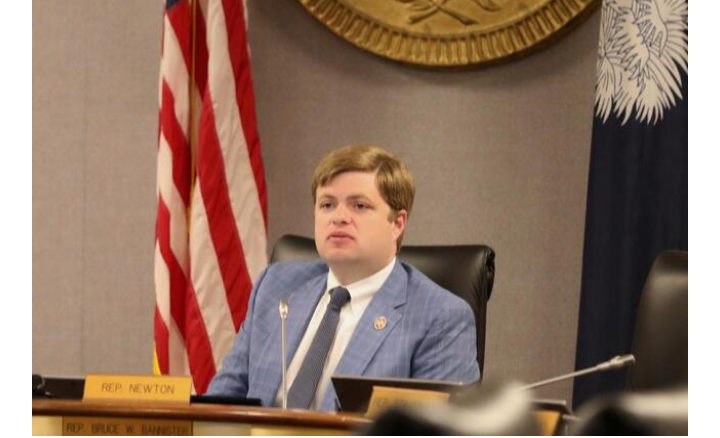South Carolina’s Proposed Flat Tax: A Complex Reality
South Carolina’s proposed flat tax has sparked intense debate, with proponents arguing it would simplify the tax code and boost economic growth. However, a closer examination reveals that the plan would initially raise tax rates for most South Carolinians.
*Understanding the Proposal*
The proposed flat tax aims to replace the current progressive income tax system with a single, uniform rate. While this might seem straightforward, the reality is more complex. The plan would eliminate various tax deductions and credits, which could lead to increased tax liabilities for many taxpayers.
*Who Would Be Affected?*
– *Middle-Class Families*: Many middle-class families would face higher tax rates under the proposed flat tax. These families often claim deductions for mortgage interest, charitable donations, and other expenses that would be eliminated under the new system.
– *Low-Income Households*: Low-income households might also see their tax rates increase, as they often rely on tax credits to offset their tax liability. The proposed flat tax would eliminate these credits, leaving many low-income families with a higher tax burden.
– *High-Income Earners*: On the other hand, high-income earners might benefit from the proposed flat tax, as they would see a significant reduction in their tax rates.
*Economic Implications*
– *Economic Growth*: Proponents argue that the flat tax would boost economic growth by simplifying the tax code and reducing tax rates for high-income earners. However, critics argue that the increased tax burden on middle-class families and low-income households could offset any potential benefits.
– *Revenue Impact*: The proposed flat tax would likely reduce state revenue, which could lead to budget cuts or increased taxes in other areas.
*Conclusion*
While the proposed flat tax might seem like a simple solution, its implications are complex and far-reaching. As lawmakers consider this proposal, they must carefully weigh the potential benefits against the potential drawbacks and consider the impact on all South Carolinians.
















